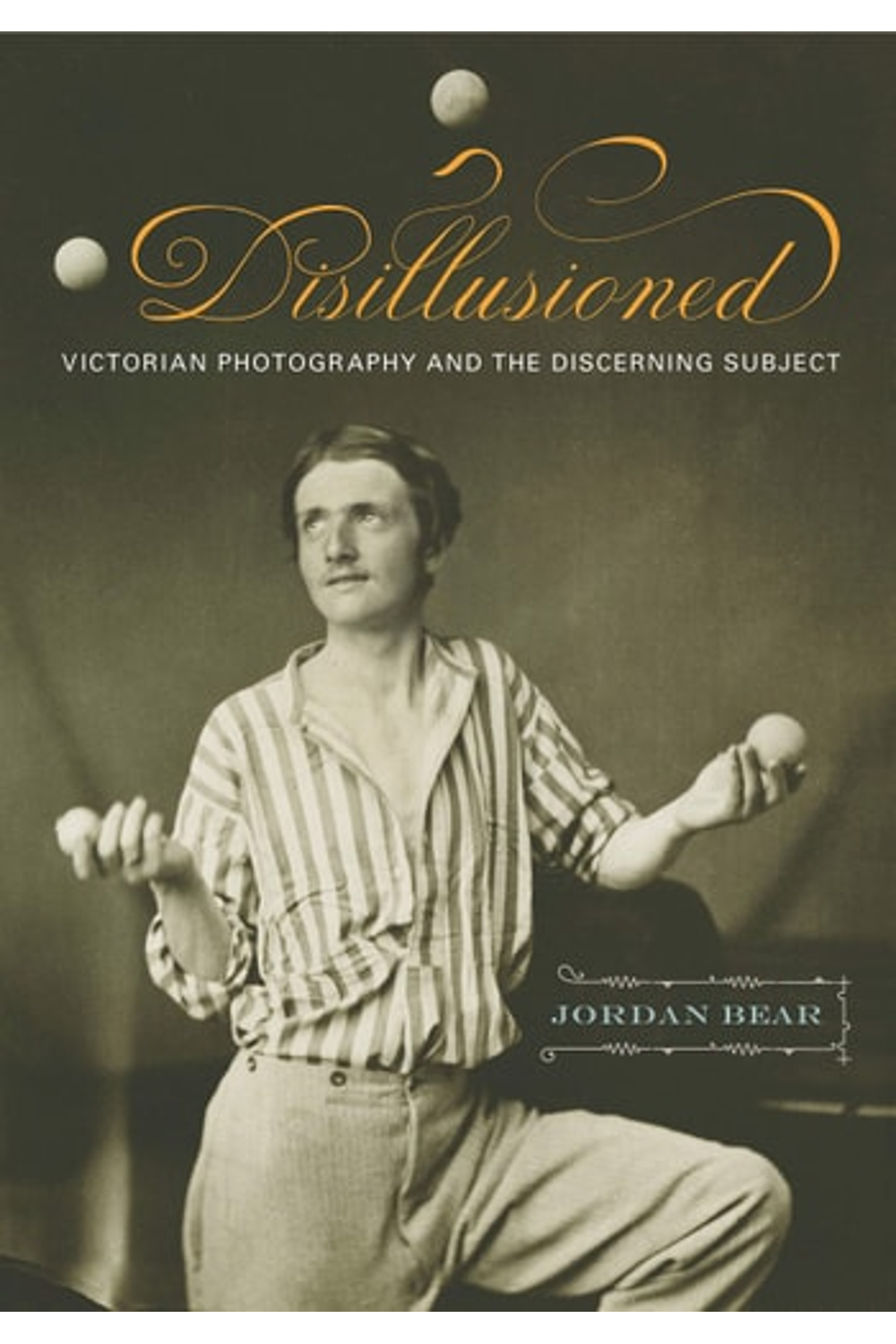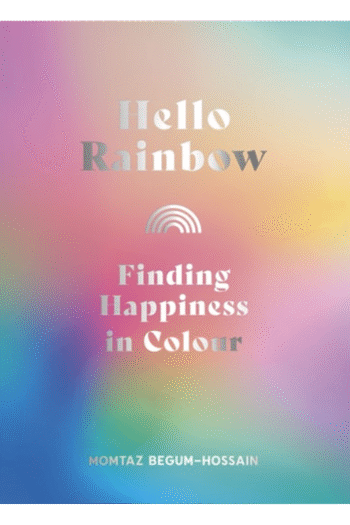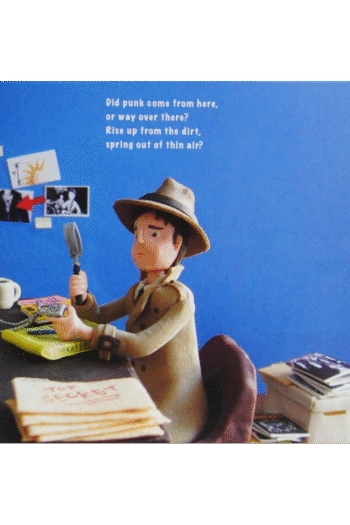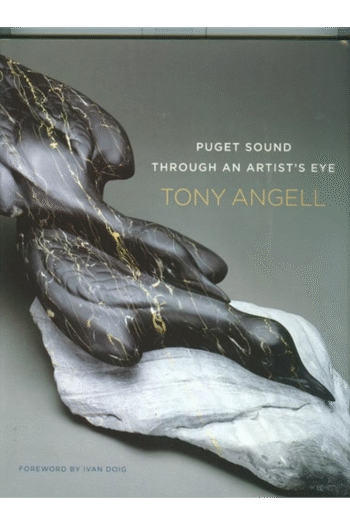“Disillusioned: Victorian Photography and the Discerning Subject,” by Jordan Bear, explores the fascinating intersection of early photography, visual culture, and the construction of modern perception in 19th-century Britain. This insightful study, published by Penn State University Press, delves into how Victorian photographers employed illusion and artifice, prompting viewers to question the veracity of the images before them. Bear skillfully connects photographic trickery to broader cultural anxieties surrounding authenticity and representation, examining how magic shows, spiritualist sances, and scientific demonstrations shaped, and were shaped by, the burgeoning photographic medium. He argues that the era’s obsession with discernment the ability to distinguish real from constructed realities was central to navigating a world increasingly mediated by visual technologies. Through meticulous analysis of key photographs and their cultural contexts, “Disillusioned” offers a fresh perspective on Victorian society and the enduring power of photographic images to both deceive and reveal. Perfect for photography enthusiasts, history buffs, and anyone interested in the evolution of visual culture. This reprint makes Bear’s scholarly work accessible to a new audience.
Disillusioned: Victorian Photography and the Discerning Subject
26,77 $
In stock
How do photographs compel belief and endow knowledge? To understand the impact of photography in a given era, we must study the adjacent forms of visual persuasion with which photographs compete and collaborate. In photographys early days, magic shows, scientific demonstrations, and philosophical games repeatedly put the visual credulity of the modern public to the test in ways that shaped, and were shaped by, the reality claims of photography. These venues invited viewers to judge the reliability of their own visual experiences. Photography resided at the center of a constellation of places and practices in which the task of visual discernmentof telling the real from the constructedbecame an increasingly crucial element of ones location in cultural, political, and social relations. In Disillusioned: Victorian Photography and the Discerning Subject, Jordan Bear tells the story of how photographic trickery in the 1850s and 1860s participated in the fashioning of the modern subject. By locating specific mechanisms of photographic deception employed by the leading mid-century photographers within this capacious culture of discernment, Disillusioned integrates some of the most strikingand puzzlingimages of the Victorian period into a new and expansive interpretive framework.
| Authors | |
|---|---|
| Binding | |
| Condition | |
| ISBN-10 | 0271065028 |
| ISBN-13 | 9780271065021 |
| Language | |
| Pages | 216 |
| Publisher | |
| Year published | |
| Weight | 590 |
| Edition | Reprint |
Related products
-
EMPIRE STRIKES BACK, THE
22,92 $ -
What is Punk?
13,15 $
- Additional information
- Currencies
- USD – United States dollar
- EUR – Euro
- GBP – Pound sterling
- CNY – Chinese yuan
- BRL – Brazilian real
- MXN – Mexican peso
- JPY – Japanese yen
- PHP – Philippine peso
- THB – Thai baht
- PLN – Polish złoty
- CAD – Canadian dollar
- MYR – Malaysian ringgit
- AUD – Australian dollar
- TWD – New Taiwan dollar
- CZK – Czech koruna
- SEK – Swedish krona
- HUF – Hungarian forint
- ILS – Israeli new shekel
- CHF – Swiss franc
- HKD – Hong Kong dollar
- DKK – Danish krone
- SGD – Singapore dollar
- NOK – Norwegian krone
- NZD – New Zealand dollar





